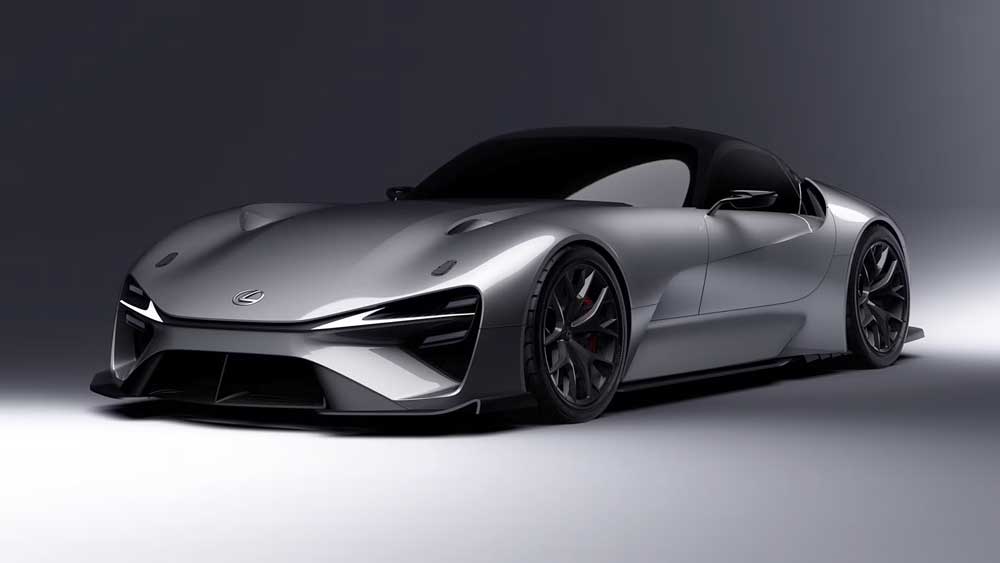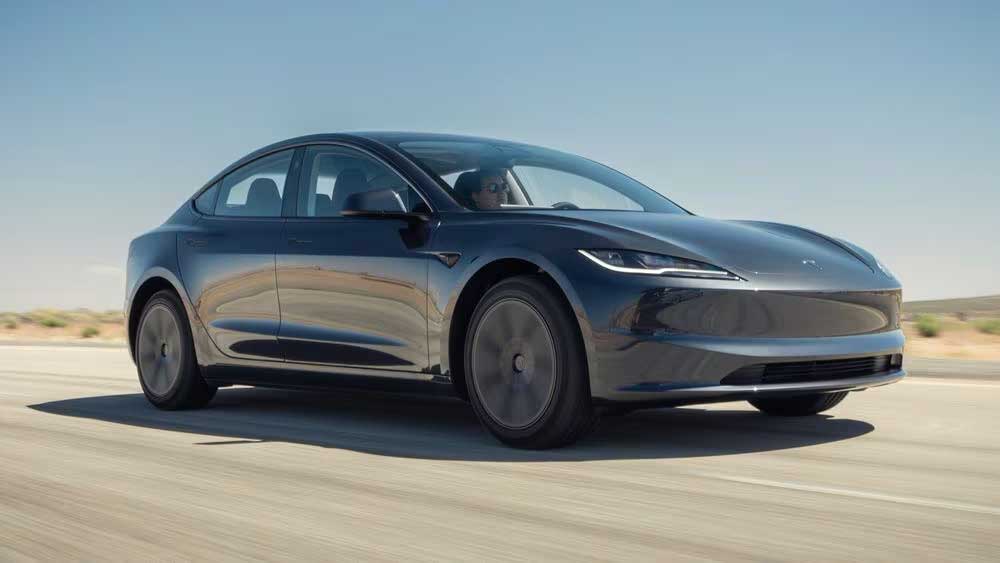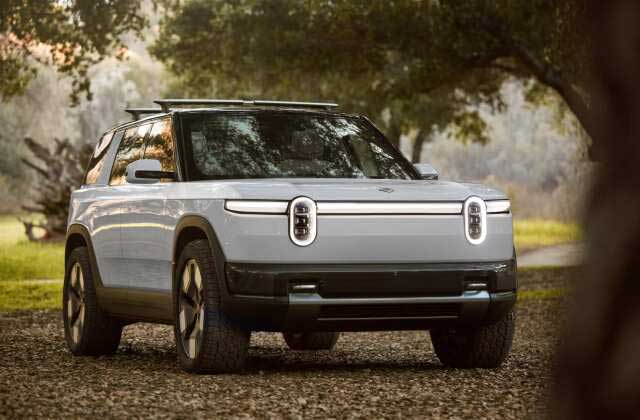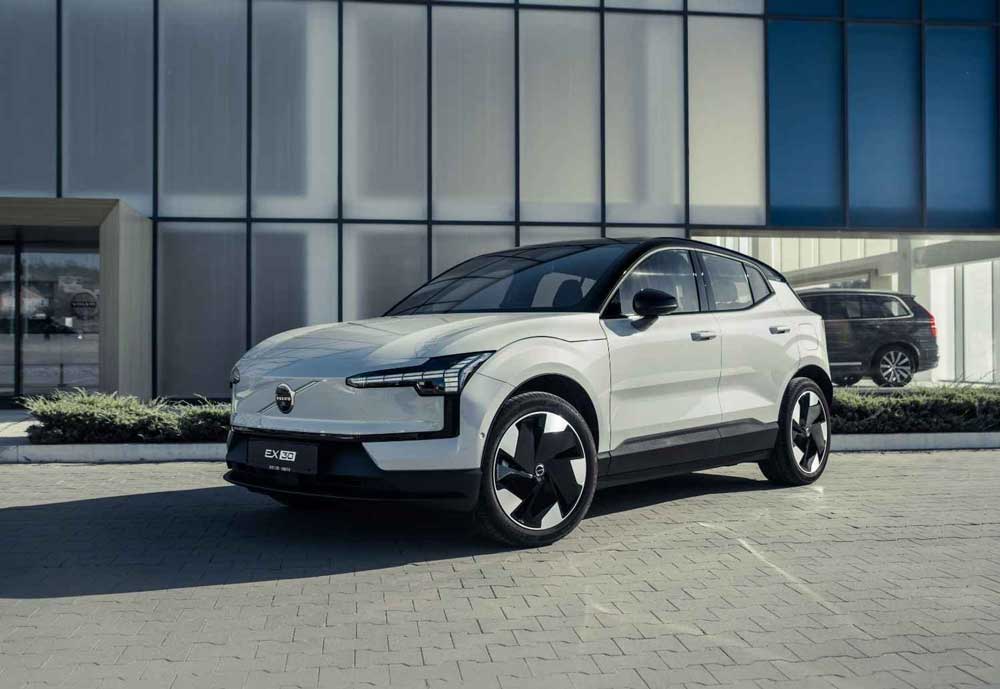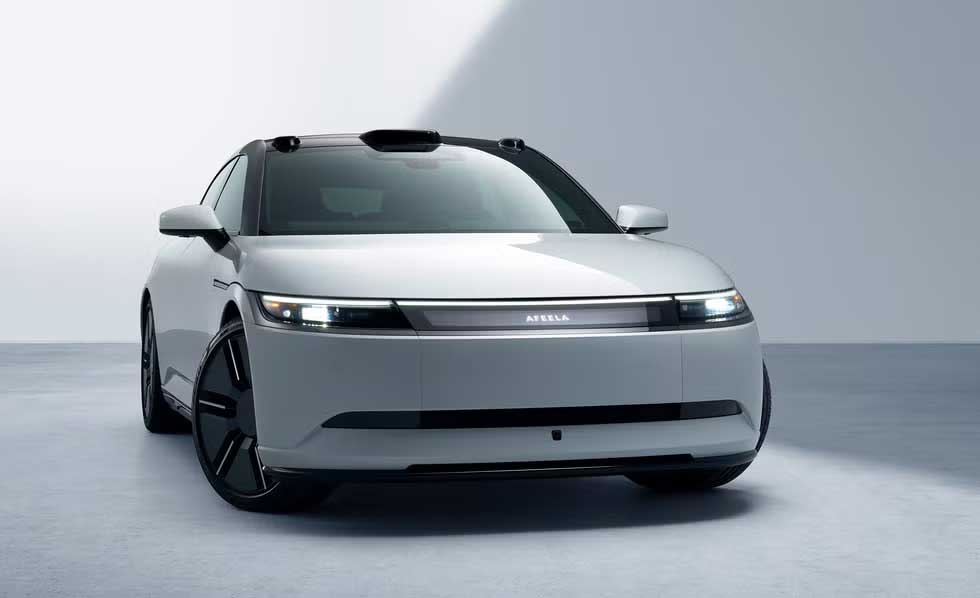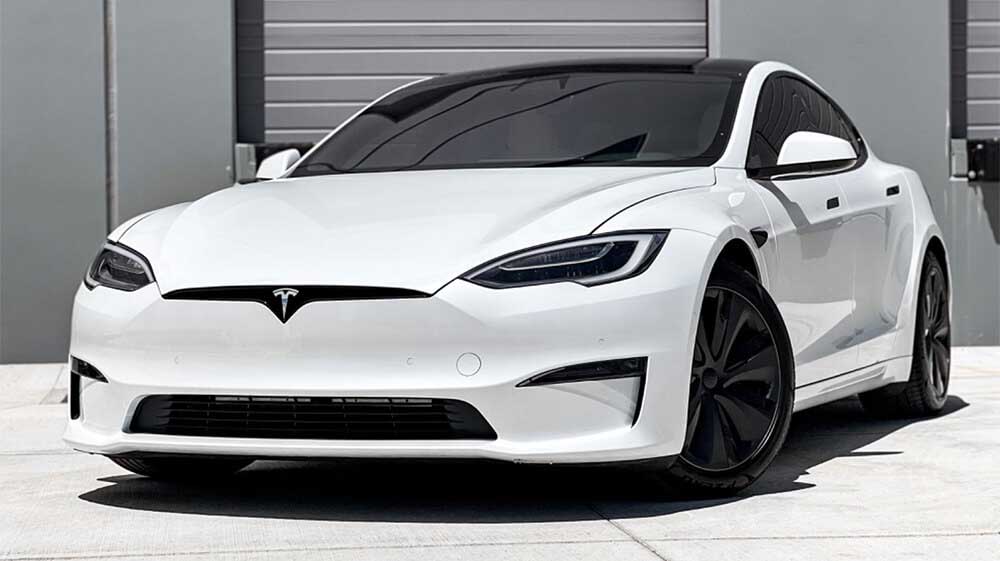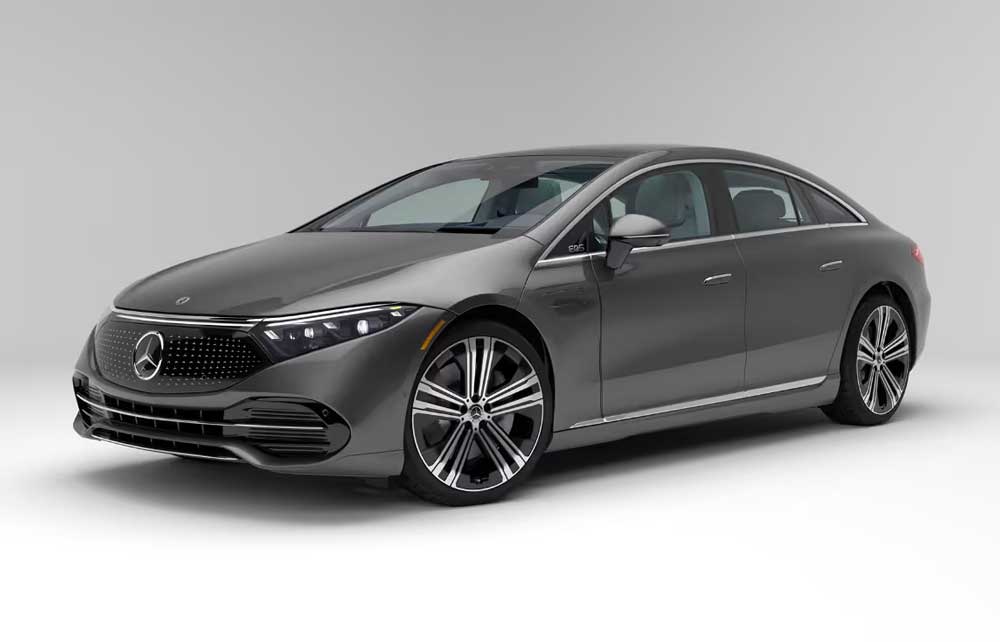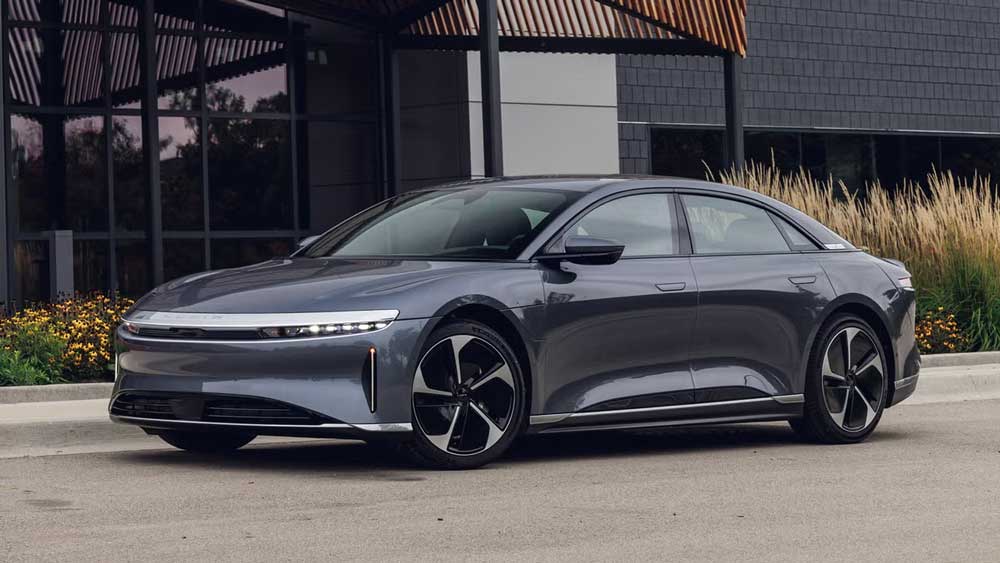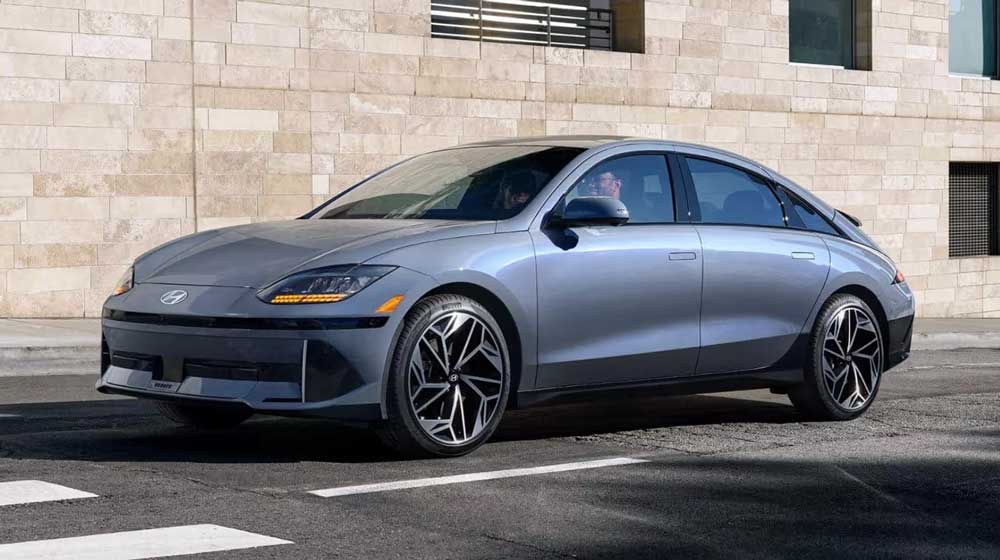Aerodynamic Optimization for EVs: The Key to Efficiency and Extended Range
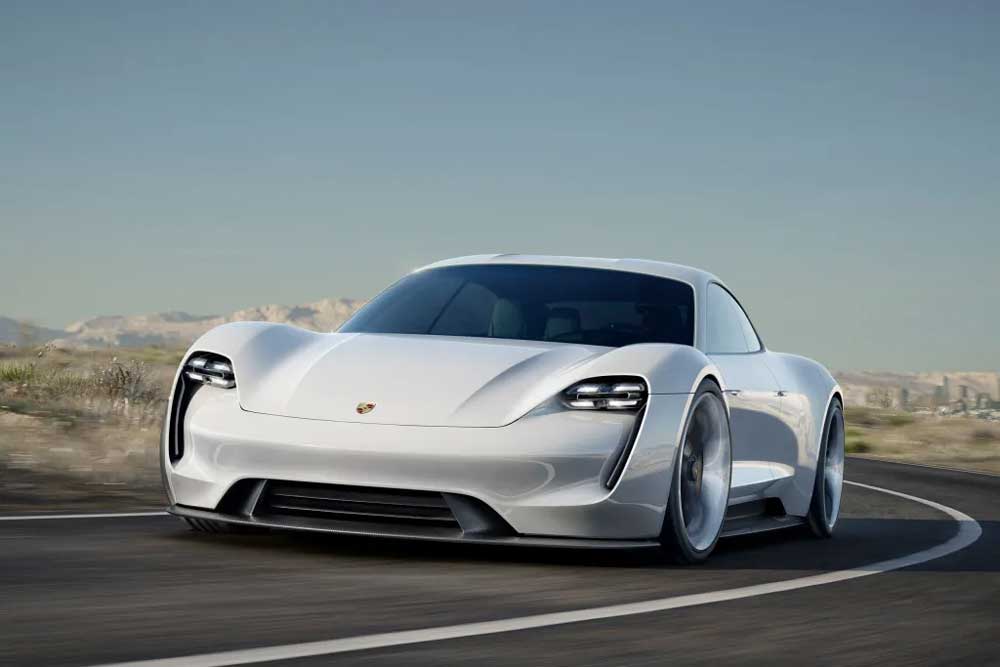
As the electric vehicle (EV) revolution accelerates, optimizing aerodynamics has become a critical factor in improving efficiency, range, and overall performance. Unlike internal combustion engine (ICE) vehicles, where fuel efficiency is affected by mechanical inefficiencies, EV range is directly impacted by aerodynamic drag.
Since EVs rely solely on battery power, reducing air resistance is one of the most effective ways to extend their driving range. With advancements in Computational Fluid Dynamics (CFD), active aerodynamics, and design innovations, manufacturers are developing sleeker, more streamlined EVs that maximize efficiency.
In this blog post, we’ll explore the importance of aerodynamics for EVs, key optimization techniques, and how designers can create vehicles that offer both efficiency and aesthetic appeal.
How Aerodynamics Affects Electric Vehicle Efficiency
Aerodynamics plays a crucial role in EV performance, particularly in reducing energy consumption and improving range. The primary aerodynamic factor affecting EVs is drag—the resistance a vehicle experiences as it moves through the air.
Key relationships between aerodynamics and EV efficiency include:
- Lower Drag = Longer Range: The lower the drag coefficient (Cd), the less energy the EV needs to maintain speed, extending battery life and driving range.
- Reduced Power Consumption: Less aerodynamic resistance means less energy is drawn from the battery, improving overall efficiency.
- Better Highway Performance: At higher speeds, aerodynamics becomes even more critical—drag increases exponentially as velocity rises, making streamlined designs essential for highway efficiency.
For reference, the drag coefficient (Cd) of an average car is around 0.30–0.35, while modern EVs target Cd values as low as 0.20 or lower.
Key Principles of Aerodynamic Optimization for EVs
To improve aerodynamics, EV designers focus on the following principles:
1. Streamlined Body Shapes
- EVs often feature teardrop or fastback silhouettes, which reduce turbulence and allow air to flow smoothly over the vehicle.
- Sloped rear ends and smooth underbodies prevent airflow separation, lowering drag.
2. Low-Drag Front Fascia
- Since EVs don’t require large air intakes for combustion engines, designers create sealed grilles or active airflow shutters that close at high speeds to improve aerodynamics.
- Smaller frontal areas reduce the amount of air resistance encountered.
3. Active and Adaptive Aerodynamics
- Retractable spoilers and adjustable ride heights reduce drag at high speeds and optimize airflow based on driving conditions.
- Smart air vents that open and close dynamically help balance aerodynamics with cooling needs.
4. Optimized Underbody and Wheel Design
- Flat underbodies with minimal turbulence reduce air drag underneath the car.
- Aerodynamically designed wheels and covered wheel arches prevent excessive airflow disruption.
By focusing on these principles, designers can create EVs that maximize efficiency without sacrificing aesthetics or performance.
Innovative Aerodynamic Features in Modern EVs
Many cutting-edge EVs are incorporating advanced aerodynamic features to push efficiency even further. Some of these innovations include:
- Flush Door Handles – Found on cars like the Tesla Model S, retractable door handles create a seamless exterior, reducing turbulence.
- Digital Side Mirrors (Camera-Based) – Instead of traditional side mirrors, EVs like the Audi e-tron use cameras and small displays to reduce aerodynamic drag.
- Air Curtains & Vents – Airflow-guiding features around the wheels help reduce turbulence and drag.
- Split Rear Diffusers – Helps smooth out the rear airflow and improve stability and efficiency at high speeds.
The Role of Computational Fluid Dynamics (CFD) in EV Design
Computational Fluid Dynamics (CFD) is a critical tool for modern automotive designers, allowing them to simulate and analyze aerodynamic performance before a physical prototype is built.
💡 How CFD is used in EV aerodynamics:
- Virtual Wind Tunnel Testing – Engineers can test multiple design variations digitally, reducing the need for expensive wind tunnel testing.
- Optimization of Airflow – CFD allows designers to visualize air movement around the vehicle and adjust shapes accordingly.
- Iterative Design Improvements – EVs undergo multiple CFD simulations to refine their drag coefficient, lift forces, and energy efficiency.
By integrating CFD early in the design process, manufacturers can create more aerodynamically efficient EVs while reducing development time and costs.
How Designers Can Implement Aerodynamic Optimization in EVs
For automotive designers looking to enhance aerodynamics in EVs, here are key strategies:
1. Prioritize Smooth, Flowing Shapes
- Minimize abrupt edges and unnecessary protrusions that disrupt airflow.
- Favor fastback or teardrop designs to reduce drag.
2. Reduce Frontal Area
- Lower hood lines and narrower profiles help reduce the amount of air the car must push through.
- Use smaller grilles or sealed fascias to improve flow efficiency.
3. Focus on Seamless Integration
- Use hidden wipers, flush door handles, and covered wheels to eliminate air resistance.
- Design low-drag wheel covers to optimize airflow.
4. Implement Smart Active Aerodynamics
- Adjustable ride heights can lower the car at highway speeds to improve efficiency.
- Deployable spoilers balance downforce and drag reduction.
5. Test & Iterate Using CFD and Wind Tunnel Testing
- Use CFD analysis to refine every detail before physical testing.
- Conduct real-world wind tunnel tests to validate aerodynamic performance.
Case Studies: Leading Examples of Aerodynamically Optimized EVs
Tesla Model S Plaid (Cd = 0.208) – Features a smooth underbody, active rear spoiler, and retractable door handles to achieve ultra-low drag.
Mercedes-Benz EQS (Cd = 0.20) – Uses a teardrop shape, digital side mirrors, and advanced airflow channels for maximum efficiency.
Lucid Air (Cd = 0.197) – The lowest-drag luxury EV, utilizing a streamlined roofline, active aero, and precision-optimized airflow.
Hyundai Ioniq 6 (Cd = 0.21) – Inspired by streamliner designs, its fastback shape and flush exterior elements improve efficiency.
These cars highlight how aerodynamics is a game-changer in extending EV range and optimizing energy consumption.
The Future of Aerodynamics in Electric Vehicles
Looking forward, we can expect:
- Next-Generation AI-Driven Aerodynamics – AI and machine learning will optimize vehicle shape dynamically.
- Adaptive Materials – Smart surfaces that change shape to improve airflow based on speed.
- Integration of Energy-Generating Surfaces – Aerodynamic solar panels and airflow-powered energy recovery systems.
- Autonomous EV-Specific Aerodynamics – Without driver visibility needs, self-driving cars can adopt even sleeker, more radical aerodynamic forms.
The continued refinement of aerodynamics will be a defining factor in pushing EVs toward greater range, efficiency, and sustainability.
Conclusion: Shaping the Future of EV Performance Through Aerodynamics
As the demand for high-efficiency electric vehicles rises, aerodynamics will play an increasingly vital role in shaping the next generation of EVs. Through streamlined body designs, active aerodynamic features, and advanced computational analysis, manufacturers and designers can maximize range, reduce energy consumption, and redefine the future of transportation.
Aerodynamics isn’t just about speed—it’s about unlocking the full potential of electric mobility.
References
- Hucho, W. (2021) Aerodynamics of Road Vehicles: The Future of EV Efficiency. Automotive Engineering Review, 45(2), pp. 34-48.
- Tesla Inc. (2022) Model S Plaid: Engineering for Maximum Efficiency. Available at: https://www.tesla.com
- Mercedes-Benz (2021) The EQS: A New Benchmark in EV Aerodynamics. Available at: https://www.mercedes-benz.com

Introduction The world of motorcycle design is undergoing a revolutionary transformation. As the global demand for sustainable transportation options grows,…

Introduction: The Man Who Revolutionized Manufacturing When we think of Henry Ford, we often think of the automobile—his name is…
